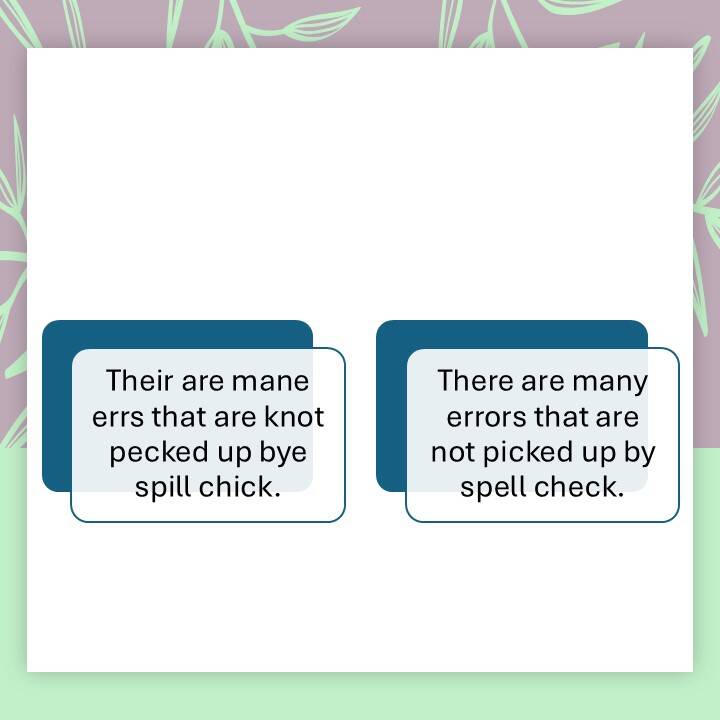
Addressing Reading and Spelling Challenges Directly
Are you a parent or teacher of a child facing specific reading or spelling challenges? What do you do for a child in 2nd grade who spells words exactly the way the words sound? kat [cat] kol [call] kaml [camel]
What can you do to help the child who slowly 'lifts' each word from the page? How can you teach them to read smoothly?
How do you explain phonics letter patterns to the child that does not 'hear' individual sounds in words or sound differences [/f/ vs /th/ | /t/ vs /d/ | /s/ vs /sh/ | /i/ vs /e/ | or /a/ vs /u/?
We have solutions for you.
20 Minute Phonemic Training: A Unique Approach
The approach to phonics, fluency, and spelling is different with "20 Minute Phonemic Training." We take a deliberate, sequenced approach to overcome the obstacles children face when trying to do their classroom reading and spelling assignments.
We follow a bottom-to-top sequence for training the necessary skills for reading smoothly, accurately, and quickly.
It takes practice to develop reading rate and accuracy.
It takes practice matching letter tones to letters and putting them together according to phonics rules.
20 Minute Phonemic Training accomplishes all of these tasks in mini lessons lasting 20 to 40 minutes two to three times per week, improving reading fluency and spelling accuracy.
Repeated Reading: What is it?
"Repeated Reading" is what it states – reading the same passage repeatedly.
Why do I recommend it?
Researchers (see 2 and 3 below) have learned that reading speed, rate, and accuracy are critical to reading comprehension. When readers struggle to lift the words from the page, decoding efforts reduce understanding because the cognitive effort to read takes away from understanding. Researchers have also learned that repeatedly reading the same passage increases reading rate and accuracy when reading any material on that reading level over time. (Sometimes referred to as "Repeated Reading Practice.") It is like learning to play a musical instrument or shooting hoops. With more practice, the easier it becomes and the more accurately the task is performed.)
Repeated Reading is essential. Children struggling with Reading and writing will not read or write if they can get out of it. Consequently, they miss seeing spelling patterns, do not develop familiarity with words that do not follow phonics rules, or even see how sounds affect letter patterns. They miss hearing and seeing new vocabulary and more complex sentence patterns in print. Researchers have given this phenomenon a name. They call it the" Matthew Effect," which alludes to the Bible parable: "To him who has will more be given and to him who has not, even what he has will be taken away."


Expected Results
When parents and tutors faithfully provide lessons two to three times per week, children gain 1 to 3 grade levels of reading and spelling skills within one semester on average.
Reading Fluency and Spelling Accuracy Improve with 20 Minute Phonemic Training Mini Lessons.
Phonics
Phonics is a system of rules for sounds and letter patterns in words. When you know the rules, listen for the sounds, and can map the sounds to letters, spelling becomes a a puzzle game! Segment the sounds, write a letter for each sound, listen for sounds that have 'rules' and follow the rules! Approximately 80%-85% of words follow phonic rules and sound to letter matching.

Reading Sound Strategies has Assessments, Wordlists, Stories and Ideas for Helping your Child. Everything you need to Improve your Child's Reading and Spelling.
Improve children's phonics, fluency, and spelling skills right away with these tips: Find out which phonemes are most challenging to the child first.
Can the child hear the difference between short vowel tones?
Can they tell whether a sound is an /f/ or a /th/, a /t/ or a /d/ etc.?
Do they write some words correctly, but misspell words with a specific letter or letter pattern [words with /r/? or words with /l/?]
After reading a passage with an adult, if they read it again, does their fluency significantly improve?
When we find out how the child thinks about sounds in words and whether they can hear the differences, and / or blend the sounds, then we can teach what they need using song, manipulatives and visual strategies to show them how words are built.




